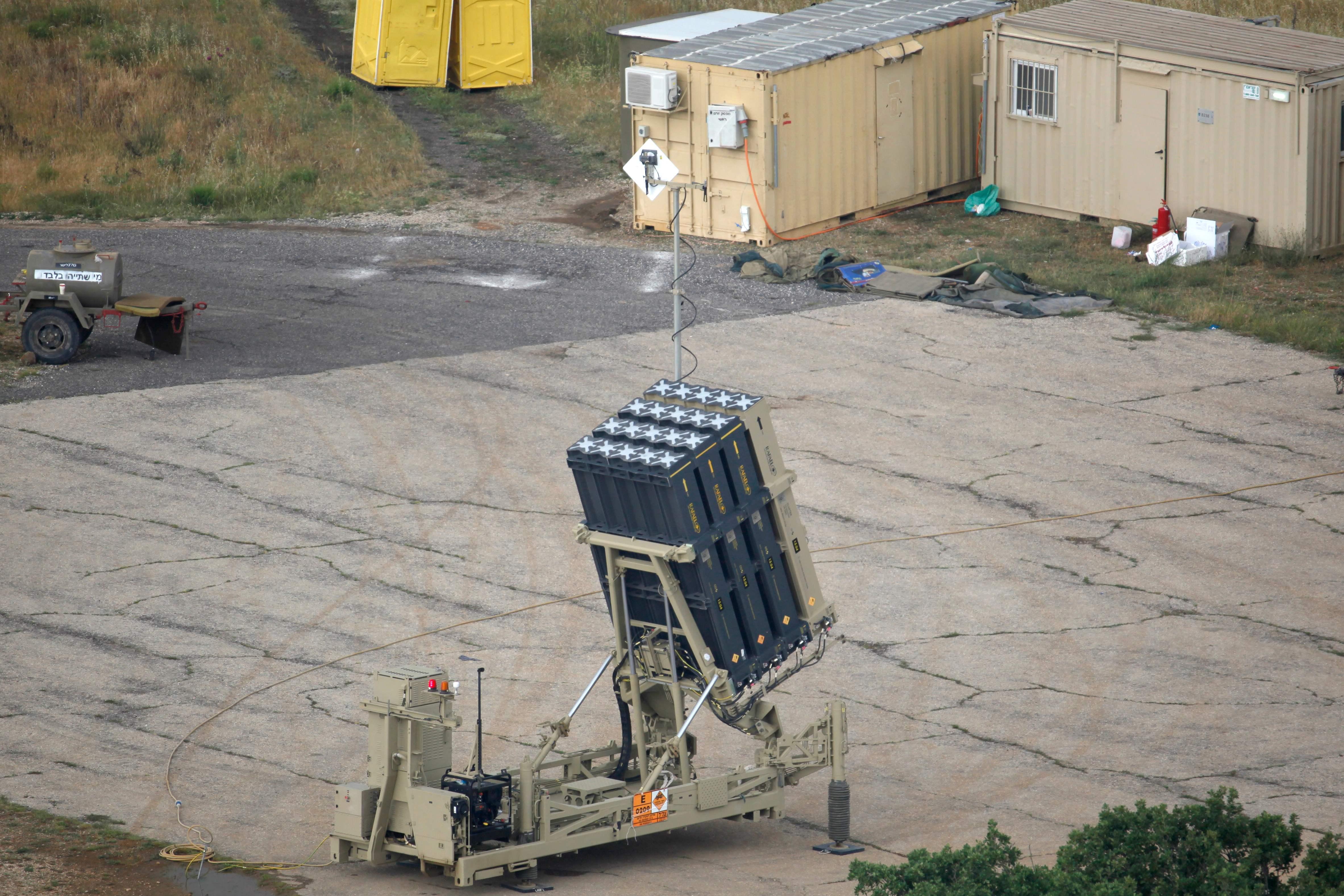
THE Iron Dome in Israel is the first missile interceptor of its kind in the world, and is said to have a 90 per cent success rate at bringing down targets.
Thousands of rockets have been intercepted by the mobile air defence system, including during violent clashes with Gaza in May 2021. Here's the lowdown on the high tech system.
What is the Iron Dome?
The Iron Dome is a mobile, all-weather air defence system in Israel designed to intercept and destroy short-range rockets and 155mm artillery shells fired from a distance of 4km to 70km.
It intercepts rockets that are travelling in the direction of a urban areas and brings them down - it is the first system of its kind in the world.
Developed by Rafael Advanced Defence Systems, if can be operated in all weather conditions including fog, dust storm, low clouds and rain.
Israel hopes to increase the range of the dome's interceptions to 250km and make it able to stop rockets coming from two directions.
The system was ready for use in March 2011 and in April it had successfully intercepted a BM-21 Grad launched from Gaza for the first time.
In March 2012 The Jerusalem Post reported that the Iron Dome had shot down 90 per cent of rockets launched from Gaza that would have landed in populated areas.
It is part of a future multi-tiered missile defence system being developed by Israel, but each interception rocket launch costs $50,000.
The dome is made up of missile batteries which are shaped like giant match boxes and are tilted in the direction of Gaza.
How does the system prevent missile attacks?
The Iron Dome monitor detects a target using radar and monitors its trajectory.
A control centre then calculates an interception point and then commands a rocket to launch if the foreign missile is heading towards an urban area.
Once in contact with the missile, the rocket explodes and brings it down.
Each launcher contains 20 Tamir Missiles with proximity war heads and there are several batteries positioned around the country.
Since being implemented in 2011 the computer systems have been updated, improved and upgrades to improve the accuracy of the rockets.
How successful is the iron dome at stopping attacks?
In the US, Lt. Gen. Henry A. Obering (ret.) writes in Defence News: "Iron Dome has stopped over 2,000 rockets fired at Israeli population centres with a remarkable success rate, an achievement that also shifted US thinking about homeland missile defence.
"Iron Dome is the most proven and affordable option against very short-range fire."
He's hailed it as a 'gamechanger'.
On the battlefield during Operation Pillar of Defence in November 2012, and when used in Operation Protective Edge in 2014, the system had 84 per cent and 91 per cent rates of success, respectively.
An article in the Harvard National Security Journal says that the Iron Dome has “reduced harm to Israelis and Palestinians in many circumstances".
It adds: “Yet the benefits of such systems are not without controversy.
“Intelligent defense systems (IDSs) can lead to countervailing measures by an enemy that may trigger an escalation of violence, such as the large rocket barrages launched by Hamas to overwhelm the Iron Dome system.”
LATEST ISRAEL NEWS
What are Tamir Missiles?
Tamir is a Hebrew acronym for Til Meyaret which means interceptor missile.
Each one is fitted with sensors and steering fins to ensure they collide with their intended target and is fired from a launcher remotely by a wireless connection.
The missiles have a range of 43 miles, are 10 feet in length and cost $50,000 to make.
Each battery containing the missiles can protect around 150 sq km.
We pay for your stories! Do you have a story for The Sun Online news team? Email us at [email protected] or call 0207 782 4368 . We pay for videos too. Click here to upload yours.










